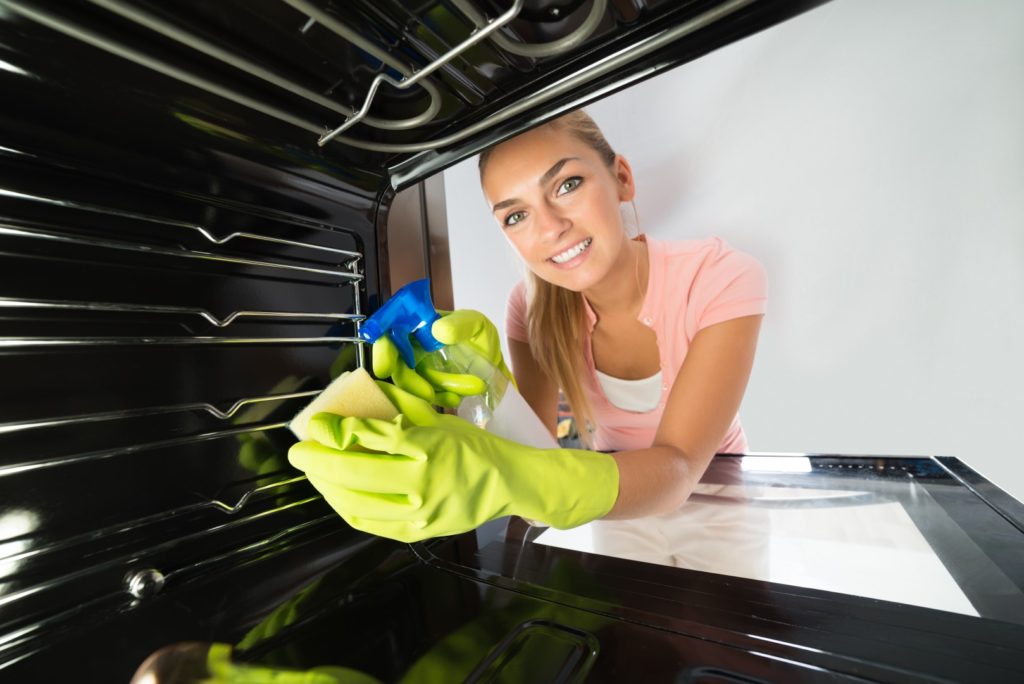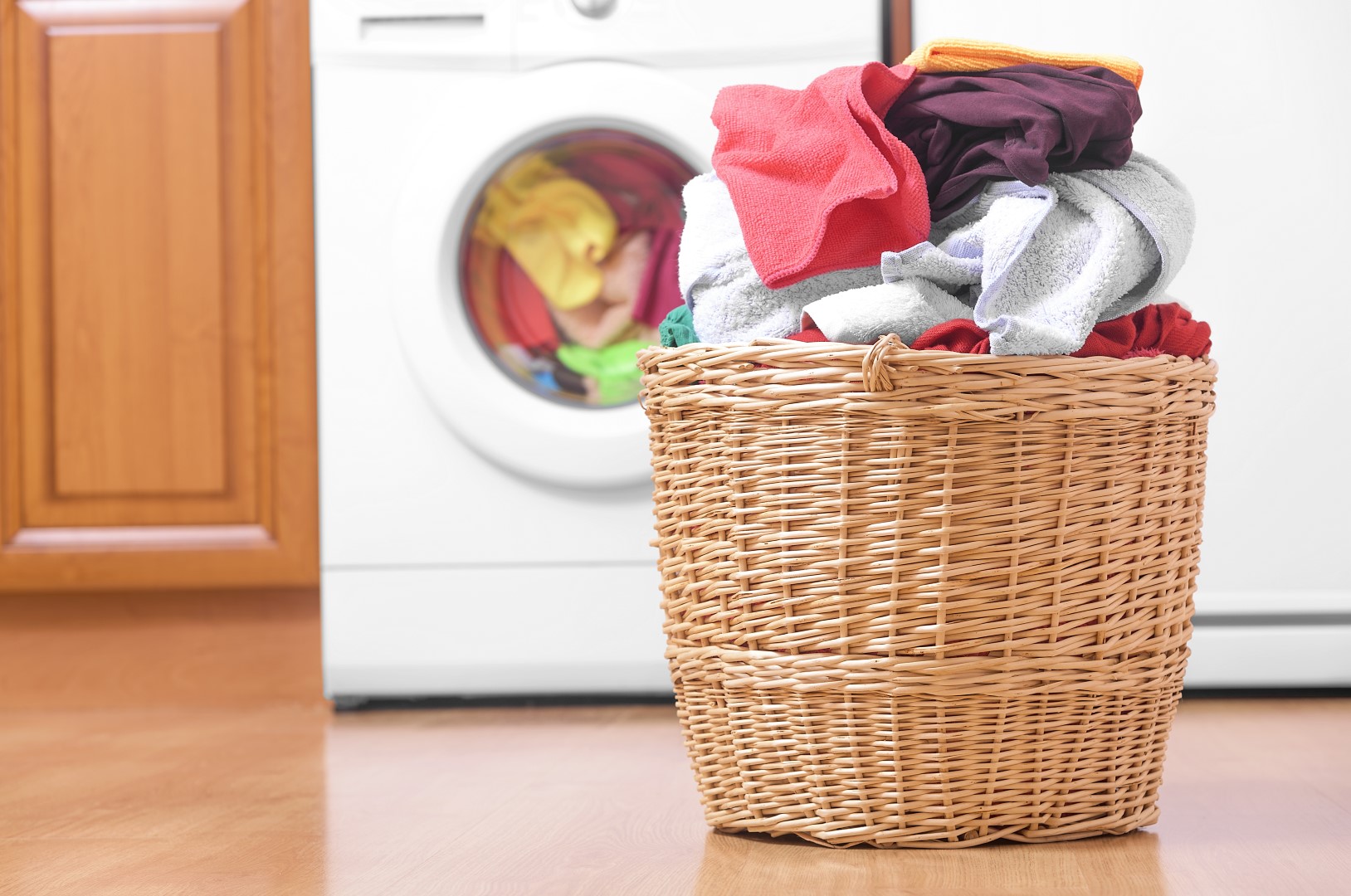No doubt about it, major appliances have made our lives easier, but curiously enough, some interesting and baffling myths have surfaced since their inception. Let’s take a closer look and separate the facts from the alternative facts and the outright fiction.
Myth #1: Using Cold Water Doesn’t Clean Your Clothes
We’ve been conditioned to believe that hot water is essential for deep cleaning, so it follows that we’re a wee skeptical about claims of efficient cold water washing. But it’s true! Advances in washing machine technology and detergents have made effective cold water washing a reality and this is good news, because cold water cleaning saves you money. Up to 90% of your washing energy costs goes to heating the water.
So make sure you use a quality detergent that has been formulated for cold water washing and your clothes will come out just as clean as if you had used warm or hot water. Visit tide.ca for product details on ColdWater Detergent.
Myth #2: Using More Soap, the Cleaner Your Dishes Will Get
More soap for a better clean is a common misconception. If you do some research on the science of cleaning, you’ll discover that it happens on the molecular level. Soap molecules just happen to be attracted to dirt and grease. Combine this chemistry with water and agitation and voilà! You get clean clothes and dishes.
But more does not equate to better! Due to its chemical nature, adding too much detergent is actually wasteful and inefficient in that you will need more water and a longer agitation cycle to rinse out the excess soap.
Myth #3: Microwaves Emit Dangerous Radiation

We’ve all used the expression “nuking” our food in the microwave. The implied reference to deadly radiation perhaps reveals a persistent, nagging worry that the waves of energy generated by this contraption may be hazardous to our health. After all, we’re surrounded by microwaves, a low-energy form of electromagnetic radiation, and just about every electronic device that we use, including our cell phones, emits it and now we’re injecting it in our food?
Not to worry! According to the Canadian Cancer Society, as long as the unit is used properly, in good working condition and you use microwaveable containers, microwave ovens are perfectly safe.
Myth #4: Opening the Dishwasher During a Cycle Causes a Major Flood
What does happen inside your dishwasher after you have closed the door and started the machine? Along with black holes, this is surely one of the great mysteries of the universe. Well, not really. One thing’s for sure, opening the door in mid cycle will not cause a flood. When in operation, the dishwasher never fills up with water; it uses spray and steam to clean your dishes with the run-off collecting in the basin of the tub and draining safely away.
Myth #5: Self-Cleaning Ovens Don’t Need Manual Cleaning

Of all the tedious, time-consuming household chores we have to do, cleaning the oven surely tops the list. Fortunately, with today’s self-cleaning ranges, this unpleasant task just got a whole lot easier. But some people are reluctant to use the self-clean function for fear of the smell and harmful fumes. Thankfully, we can debunk another myth because it has been shown that the fumes are only harmful to tropical birds, so keep the pet canary in another room when using the self-clean function. Problem solved.
As marvelous as the self-clean function is, and regardless of the type of self-clean oven you have – catalytic or pyrolytic – there will always be some manual cleaning to do, like on the racks and the inside of the door. For total, zen-level self-clean oven wisdom, we invite you to visit the one and only Molly Maid.
Stay tuned for more appliance myth-busting in future posts. You won’t want to miss them!
Isabelle, Your Appliance Expert

